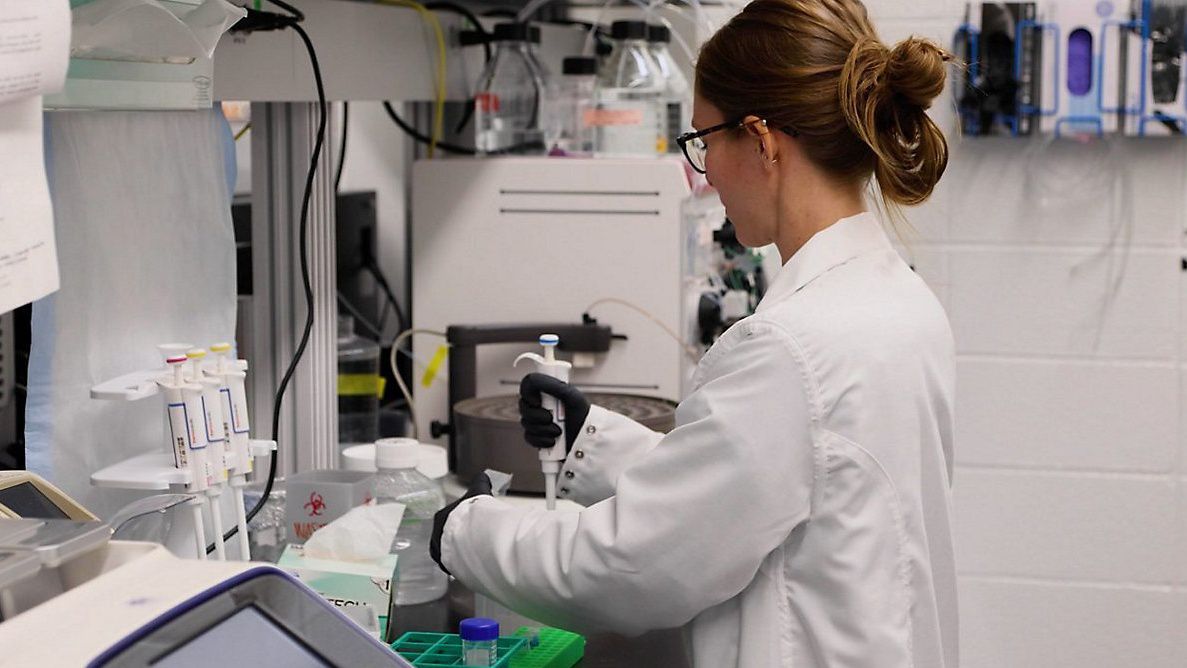Researchers at Duke University say they've taken a critical step toward a potential HIV vaccine, identifying a fraction of a second where a drug could block the virus from taking hold.
HIV works by attaching to white blood cells and injecting viral RNA into the cell, which is then converted into DNA to be replicated throughout the body. More than 40 million people around the world have died from AIDS-related illnesses, according to the United Nations.
Duke researchers at the Human Vaccine Institute were able to witness a key moment of the process, when a small piece on the surface of the virus, called an envelope, snaps open so it can attach to the host cell.
Now that researchers better understand how the virus moves, they are one step closer to developing an antibody that would attach to the virus and block the opening of the envelope. Blocking the movement would prevent the virus from binding to host cells, preventing infection.
There were 36,581 people living with HIV in North Carolina at the end of 2022. There were 1,366 new diagnoses in 2022, 59.6% of which were aged 20 to 34, according to the North Carolina Department of Health and Human Services.
North Carolina had the seventh highest number of HIV diagnoses, which came out to just over a thousand, according to 2020 data from the Centers for Disease Control and Prevention.
The process researchers studied occurs in millionths of a second, but researchers were able to see the process with the use of a special piece of equipment called an electron accelerator.
The accelerator, known as the Advanced Photon Source, is housed at the Argonne National Laboratory outside of Chicago, and is in high demand as a tool that allows researchers to see things at the molecular and atomic level.
The APS was built in 1995 at a cost of $812 million, and is currently undergoing an upgrade that will cost another $815 million.
Worldwide, there are an estimated 39 million people living with HIV, according to the United Nations AIDS program.
Last year, the UN said if countries demonstrate a commitment to prevention and treatment, AIDS can be ended by 2030.



